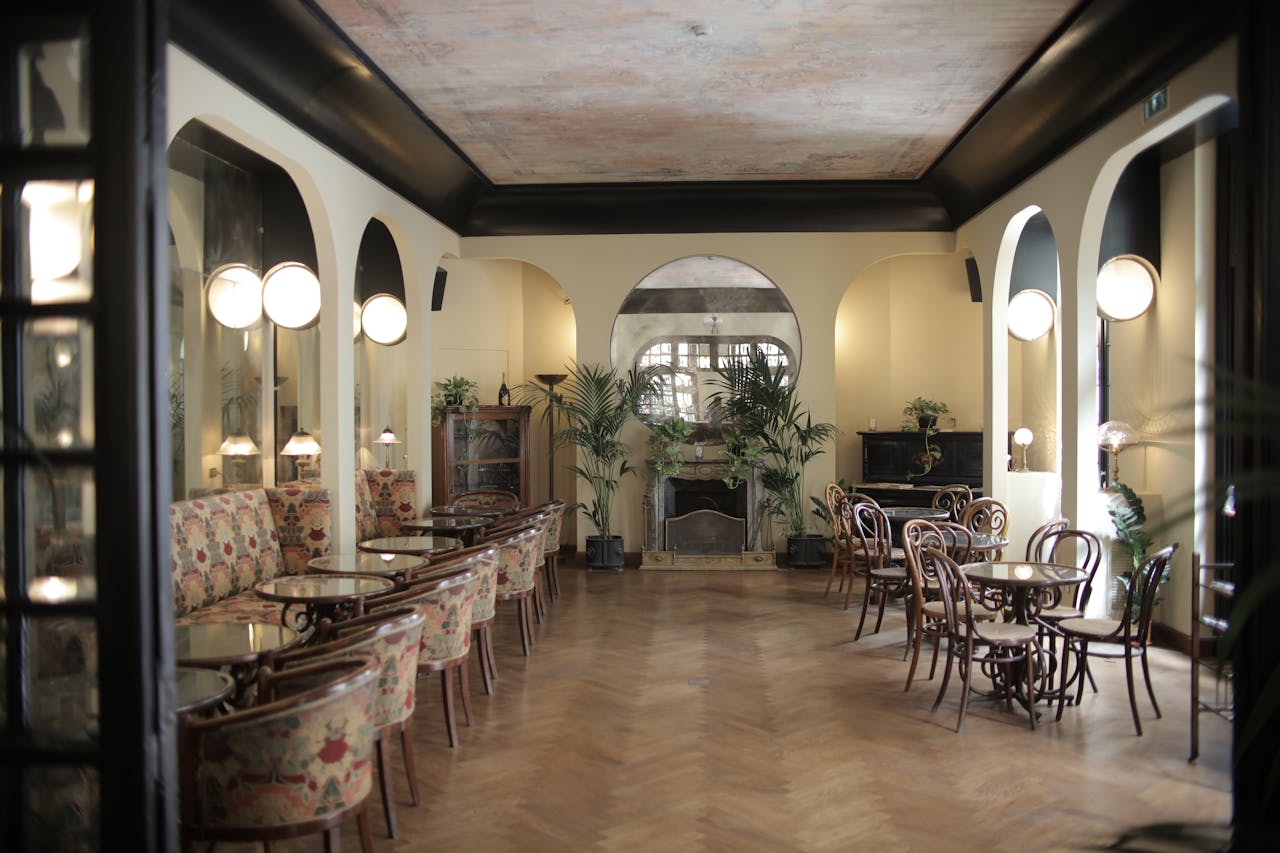In recent years, technology has revolutionized various industries, and interior design is no exception. As designers seek to create more functional, aesthetically pleasing, and sustainable spaces, they increasingly turn to innovative technologies that enhance their creative process and improve the overall experience for clients. From advanced software to smart home integrations, let’s explore how technology is transforming the field of interior design.
1. 3D Rendering and Virtual Reality
One of the most significant advancements in interior design technology is the use of 3D rendering and virtual reality (VR). Designers can create photorealistic images of their concepts, allowing clients to visualize their future spaces in stunning detail. By utilizing software like SketchUp, AutoCAD, or Revit, designers can produce accurate floor plans and elevations, and then present them through immersive VR experiences. Clients can “walk through” their redesigned spaces before any physical work begins, which helps in making informed decisions and reduces the likelihood of costly changes during construction.
2. Smart Home Technology
The rise of smart home technology has also impacted interior design significantly. Devices such as smart thermostats, lighting systems, and security cameras are becoming essential elements of modern home design. Designers are now tasked with seamlessly integrating these technologies into their plans while maintaining aesthetics. For instance, hidden smart lighting can enhance the ambiance without detracting from the design’s overall look. Furthermore, as clients increasingly prioritize energy efficiency and convenience, designers must consider how smart technology can improve a space’s functionality.
3. Augmented Reality (AR)
Augmented reality is another innovative tool reshaping interior design. Apps like Houzz and IKEA Place allow users to visualize furniture and decor items in their actual spaces using their smartphones or tablets. By overlaying digital elements in real-time, clients can experiment with different styles, colors, and layouts without the need for physical samples. This capability not only empowers clients to take a more active role in the design process but also helps designers gather feedback quickly and efficiently.
4. Sustainable Design through Technology
Sustainability is a critical consideration in contemporary interior design, and technology plays a pivotal role in promoting eco-friendly practices. Designers can utilize software to analyze energy consumption, material sourcing, and waste management during the design phase. Tools like Autodesk’s Ecotect Analysis help in evaluating the environmental impact of design choices. Additionally, smart technology enables homeowners to monitor and reduce energy usage, leading to more sustainable living.
5. Online Collaboration and Project Management Tools
The way designers communicate and collaborate with clients and contractors has evolved dramatically due to technology. Online collaboration tools like Trello, Asana, and Slack facilitate effective project management, ensuring that all stakeholders are aligned throughout the design process. These platforms allow for real-time feedback, document sharing, and task assignment, streamlining communication and increasing productivity.
Conclusion
In conclusion, technology has profoundly influenced interior design, enhancing the way designers create and clients experience their spaces. By incorporating advanced software, smart home technology, and sustainable practices, designers can deliver more innovative and personalized solutions. As technology continues to advance, it will be exciting to see how it shapes the future of interior design, making it more accessible, efficient, and environmentally conscious.

